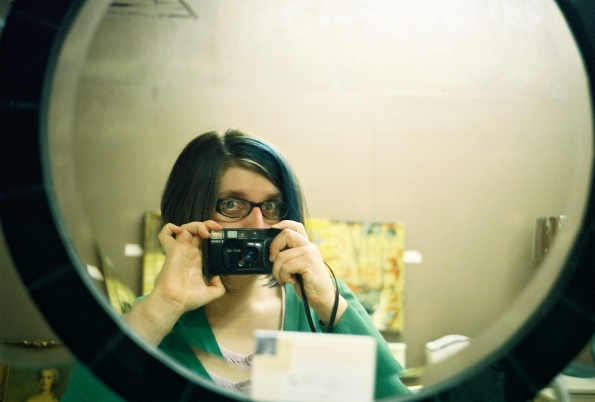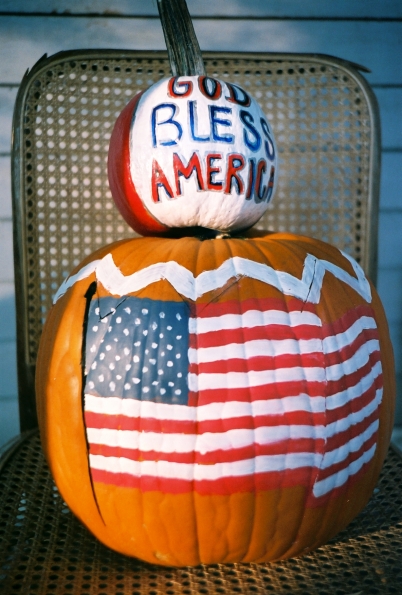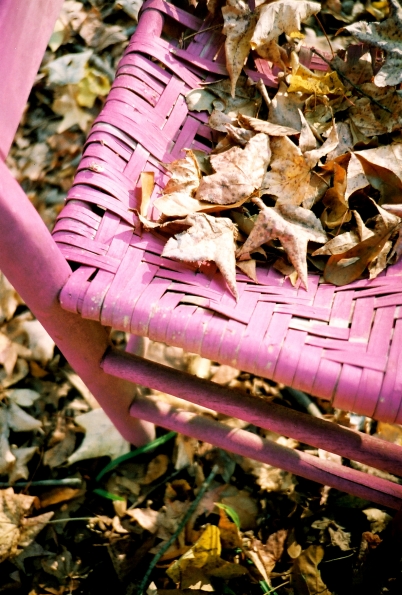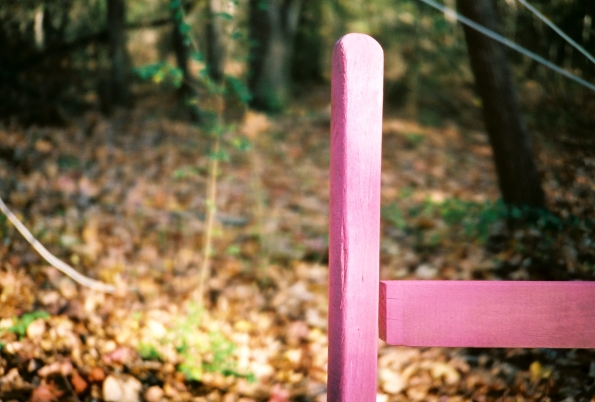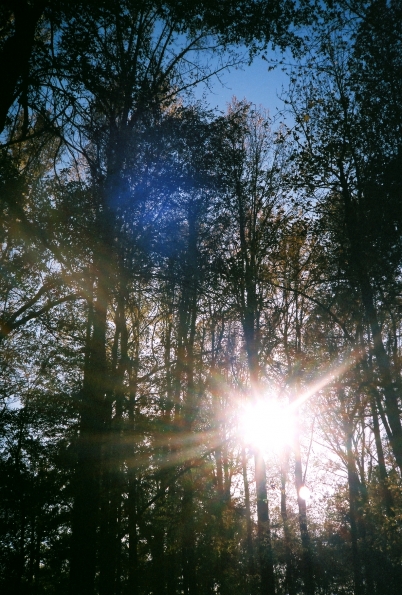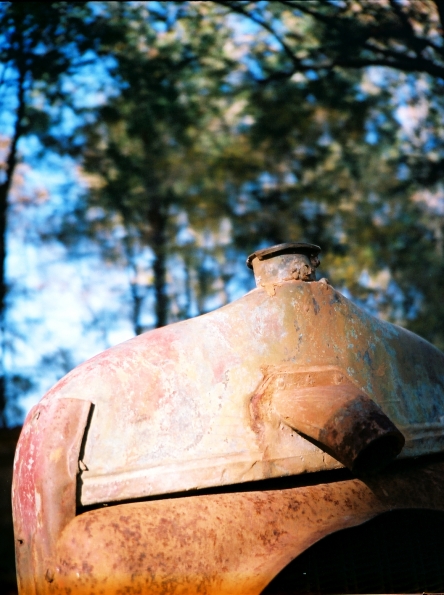This is the Minolta Hi-matic AF2.
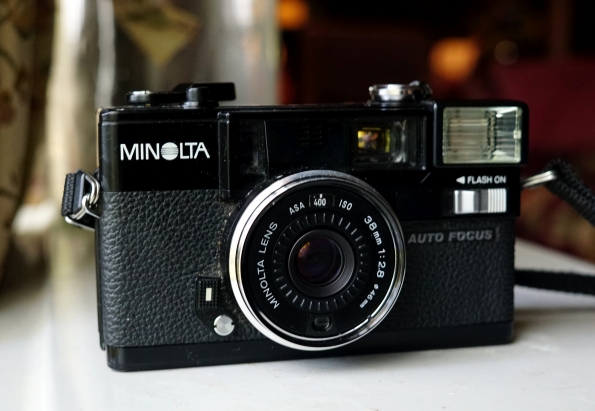
I found it at Salvation Army for $5. Scratch that: when I went to be rung up at the cash register, the camera was actually $2.50 because certain items in the store were half off that day!
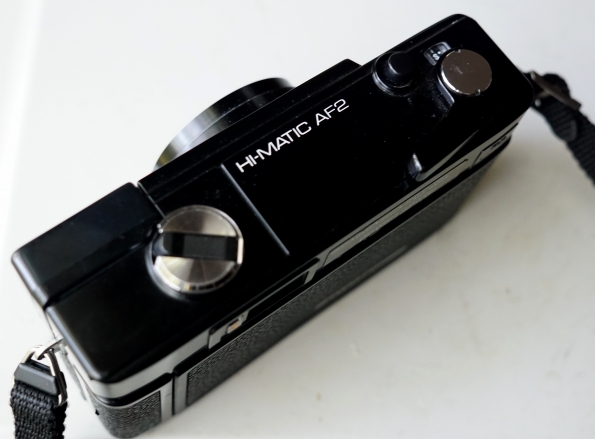
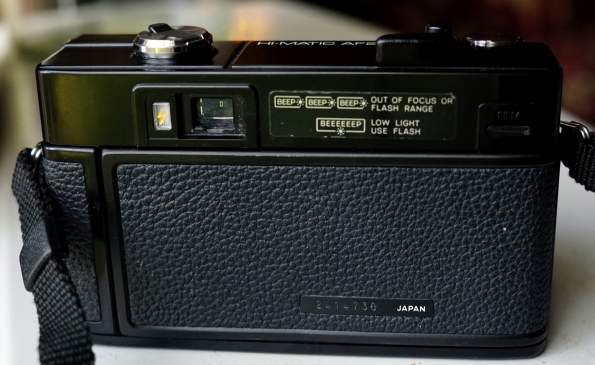
View of the back of the camera – you can see the flash ready lamp on the left. On the right is a window that indicates whether or not film is loaded. An orange “flag” appears in the window if film is in the camera (and loaded properly)
The little label on the back makes me laugh, with its descriptions of the “beeps”
This is an auto focus camera from the early 1980s – one of the first of its kind! It even looks like its Minolta manual focus rangefinder brethren.
Minolta Himatic AF2 Specs:
- 38mm f/2.8 lens with a 46mm filter thread
- Shutter speed range: 1/8s – 1/430s (slow shutter speed “beeeeeeeeep” sounds when the shutter speed would be 1/40s or slower)
- Ten second self-timer
- Manual film advance, via film advance lever (I like this – auto film advance in cameras from this era was LOUD!)
- Auto focus range: 1m-infinity (you can lock focus by half-depressing the shutter button to lock focus, then recompose before fully depressing the shutter button.)
- Power source: two AA batteries
Normally when I get a camera, I shoot a couple of rolls with it and then write a post as a little review/share photos from those rolls (see my “Two Rolls In” series.) The Hi-matic AF2 is one of a few cameras that I picked up last year but didn’t share any results from because I needed to save the photos for different blog posts I have in the works. What I decided to do is share the shots from my test roll that weren’t set aside for other purposes, plus shoot a whole other roll to share here!
Roll #1 was Ilford XP-2, shot in May 2017
I was surprised with how sharp some of these were!
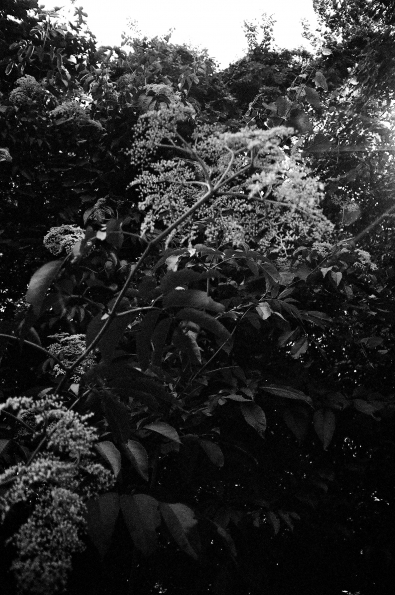
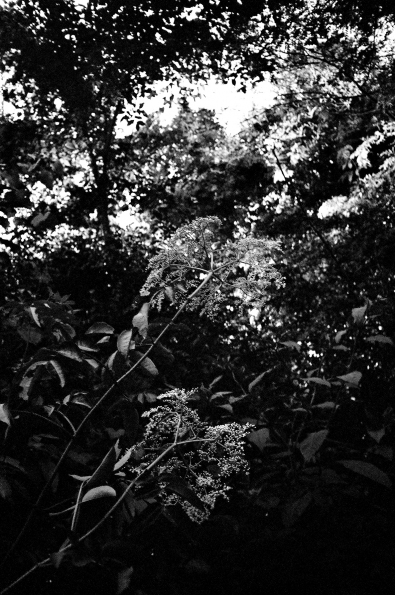
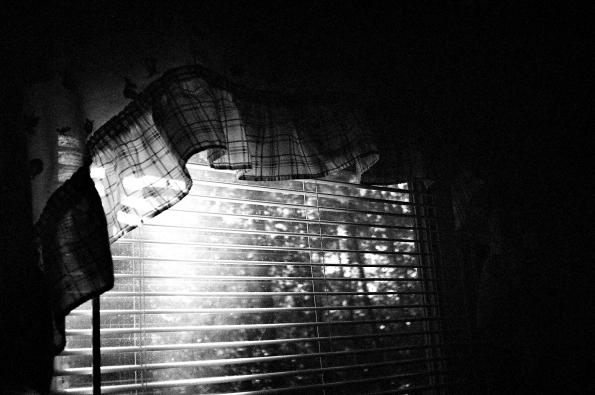

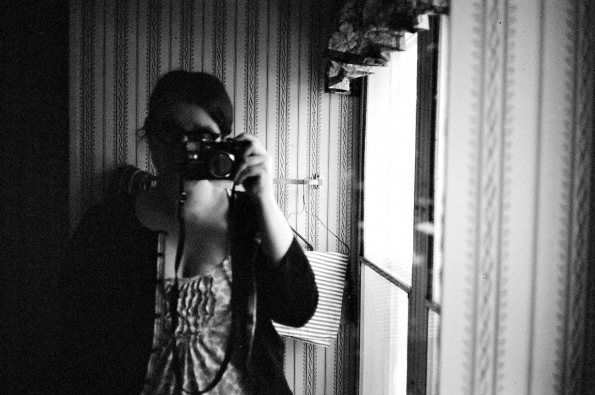

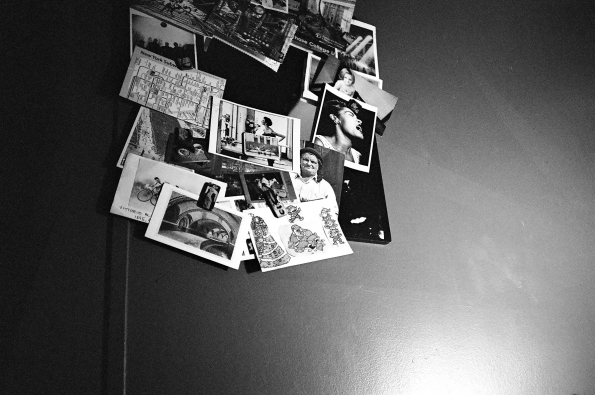

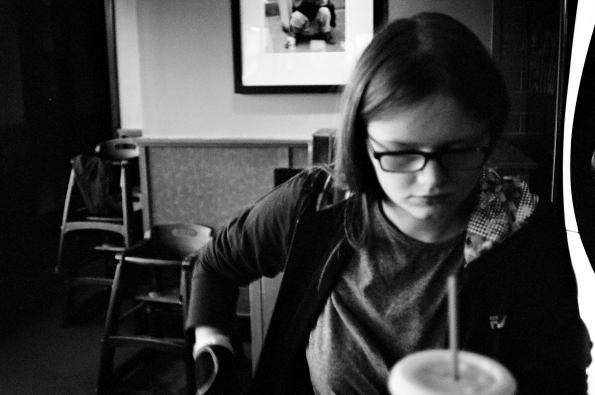
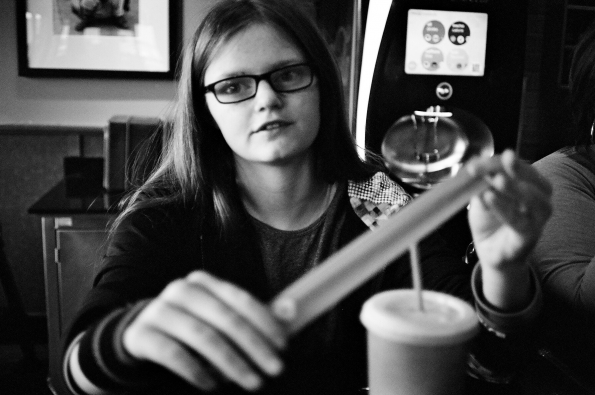
Roll #2 was Fujicolor 200, shot in April 2018
I was less impressed with this roll. I don’t know if I shot too hastily (these early auto focus cameras were easily tricked by certain subjects or lighting situations) or if the batteries needed changing, but the camera missed focus and exposure on more shots than I was expecting.
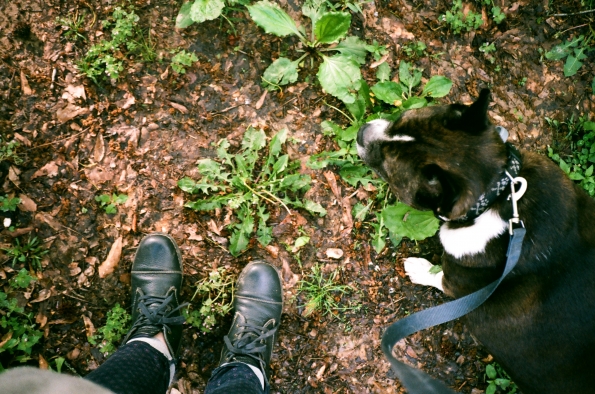

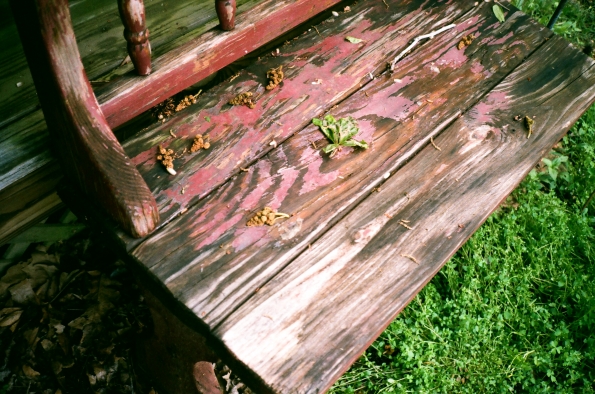
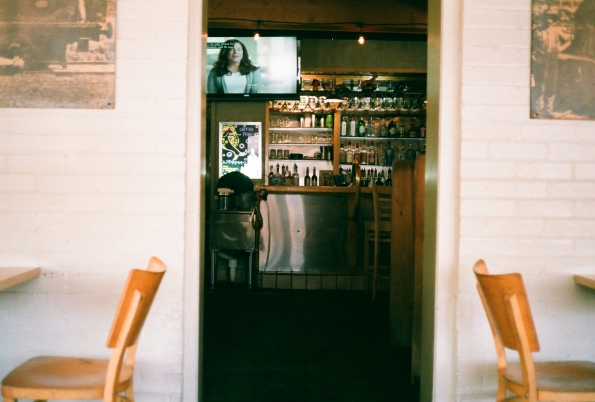



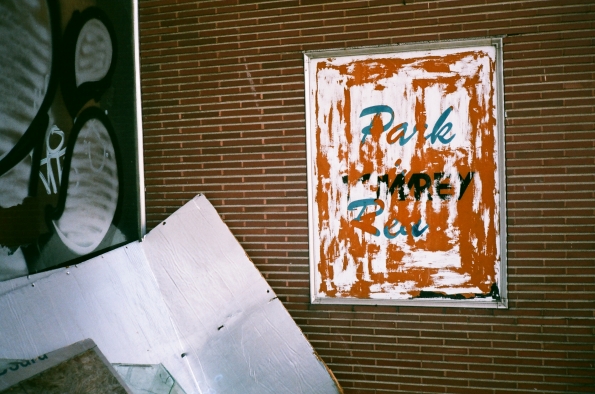
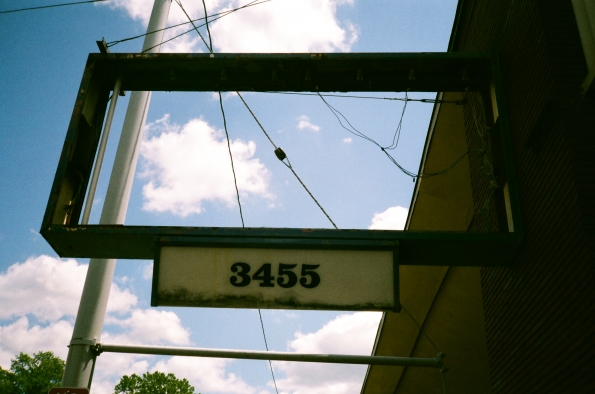
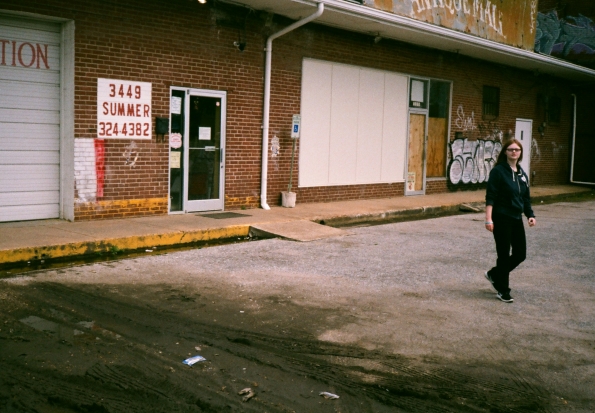
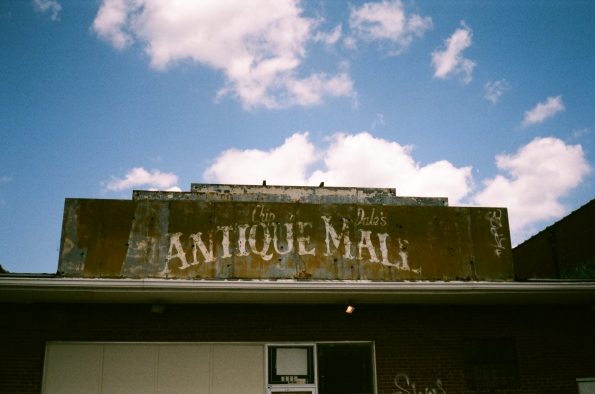
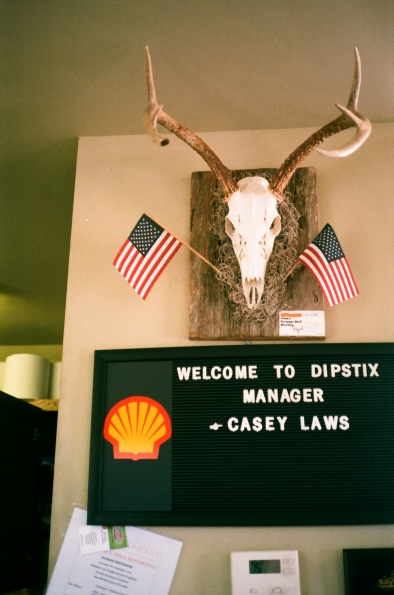
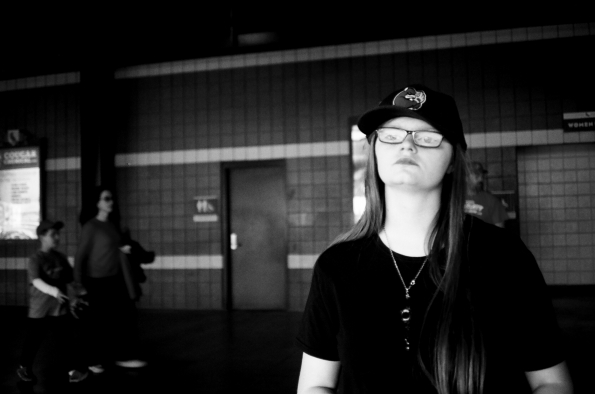
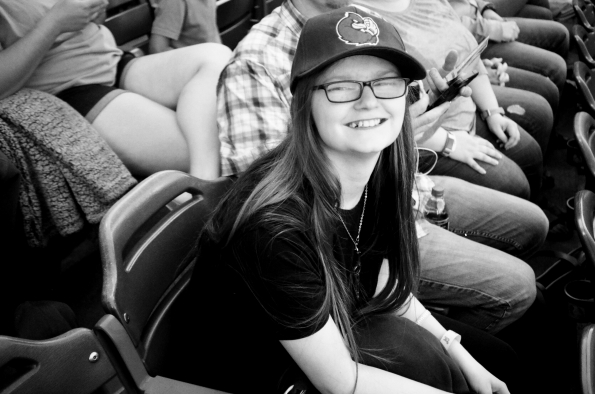
I converted these two to black and white in post-processing, because the colors in the scans were off but I liked the photos of my dearest at a baseball game with attended!
Since I wasn’t particularly happy with certain aspects of the previous roll, I went ahead and changed the batteries in the camera, loaded a fresh roll of film, and tried to pay more attention to lighting situations/whether or not the focus seemed to have locked properly.
Roll #3 was Fuji Superia 400, shot in summer-fall 2018
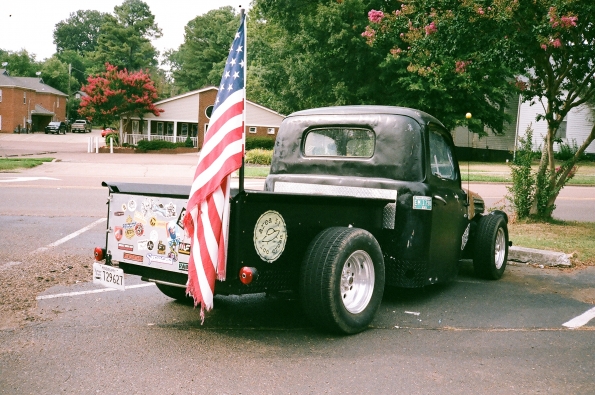


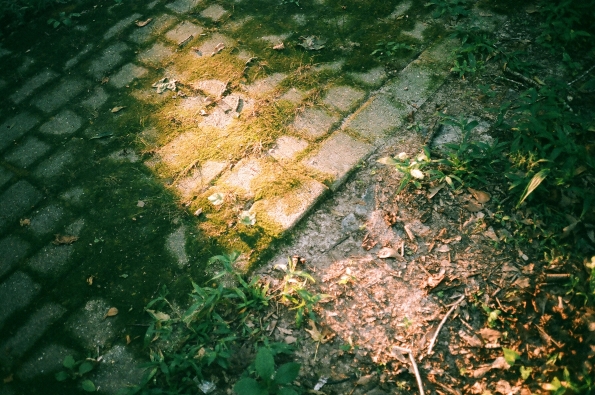
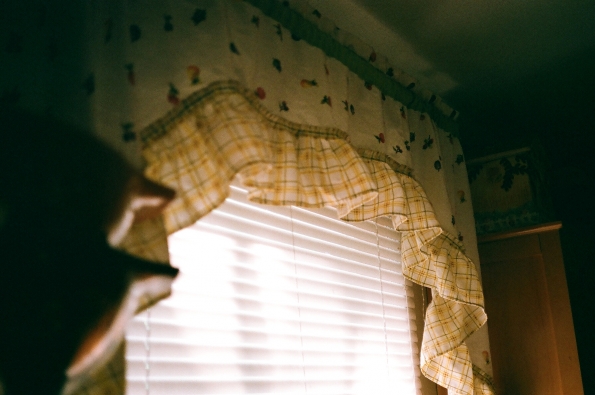
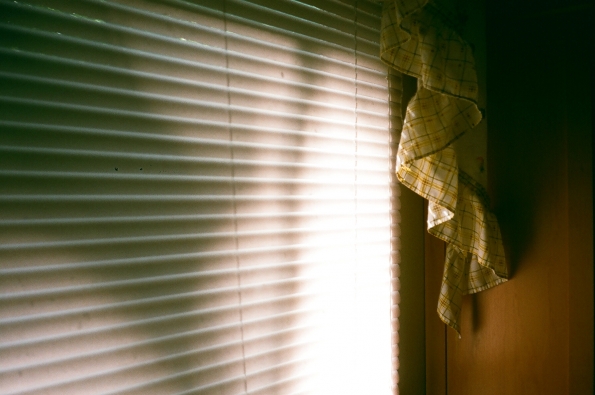
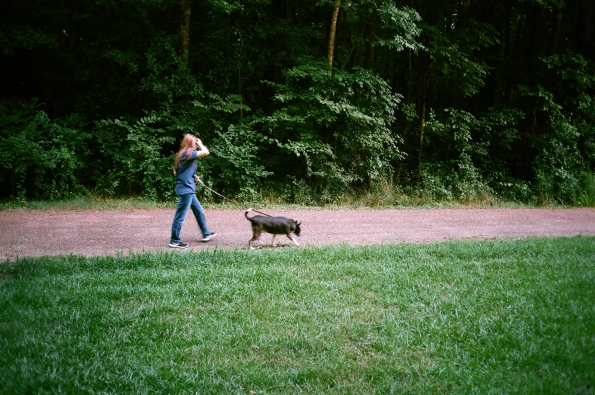
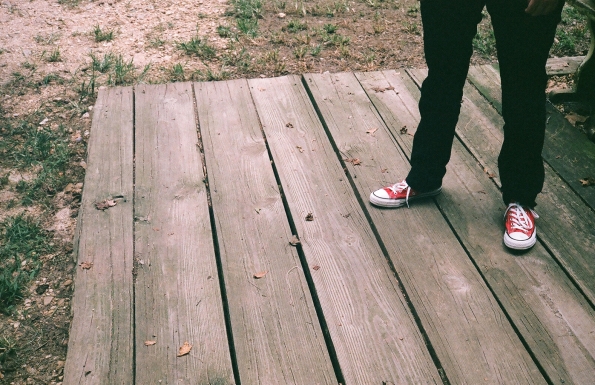
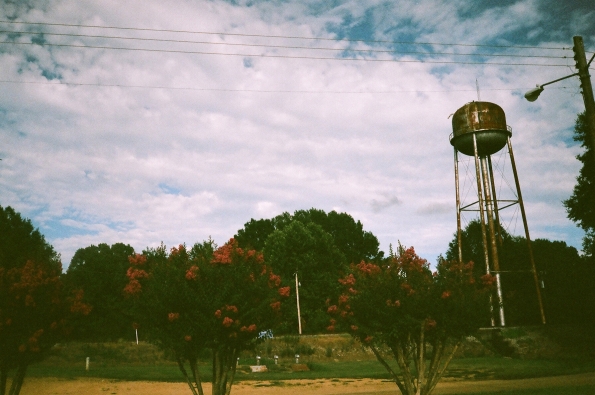
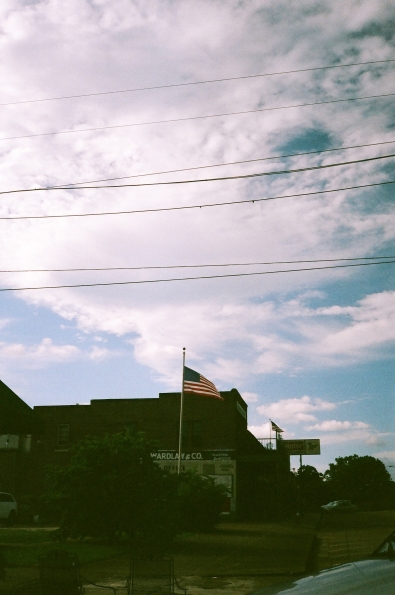
(see – the camera exposes for the sky)
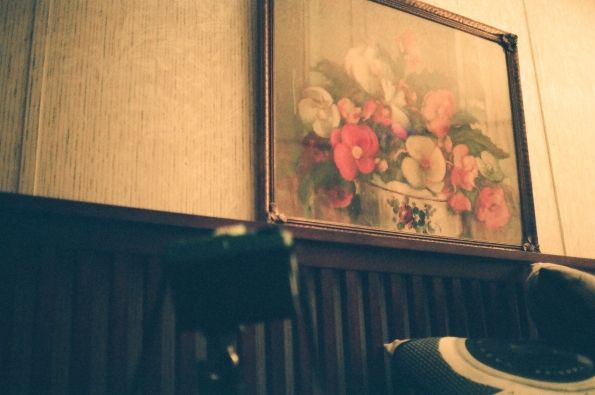
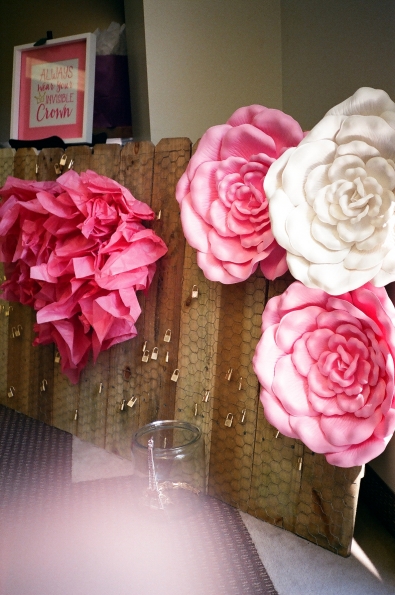
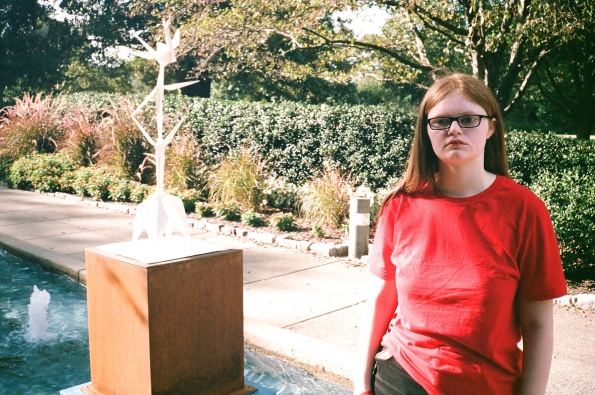
I don’t think she knew I was taking her photo – but the photo is nice and sharp!
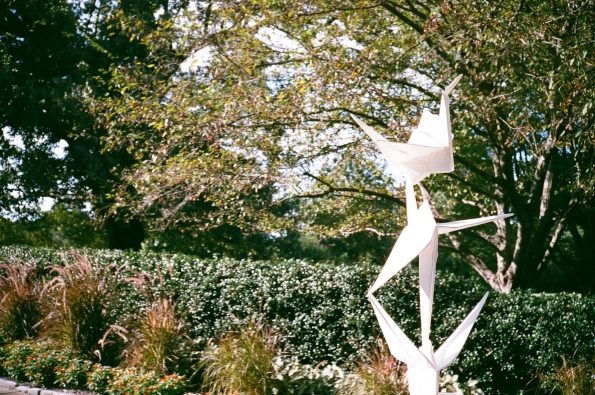
Origami sculpture in the Memphis Botanic Gardens
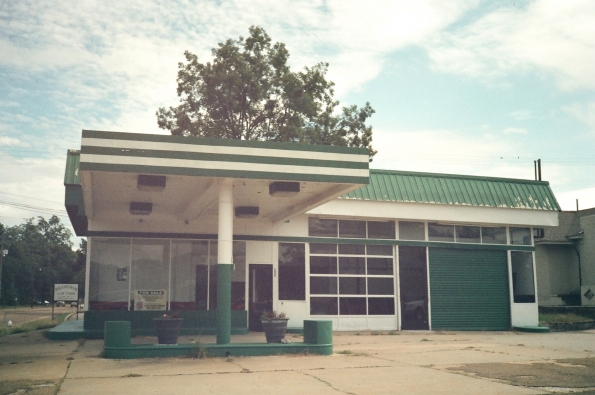
Again, the camera exposed for the sky and underexposed the rest of the scene, but I kinda like the way it looks in this shot
For $2.50, the Minolta Hi-Matic AF2 is definitely a keeper. It may just be my particular camera, but I think it’ll benefit from not shooting the film at its intended speed. I’ll probably dial in the ASA as one stop slower (technically over-exposing the film) than box speed. And if the scene has sky in it at all, I’m going to dial it back another stop to give the scene more exposure!
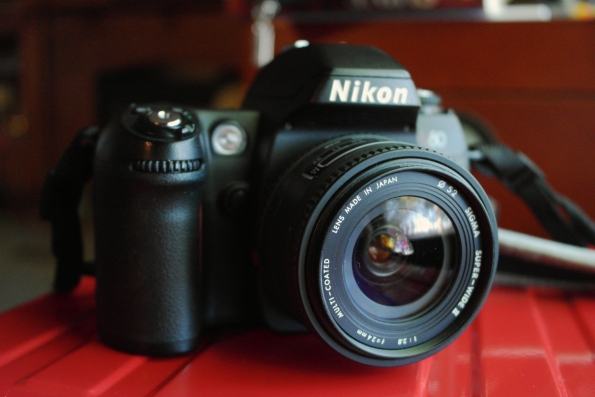
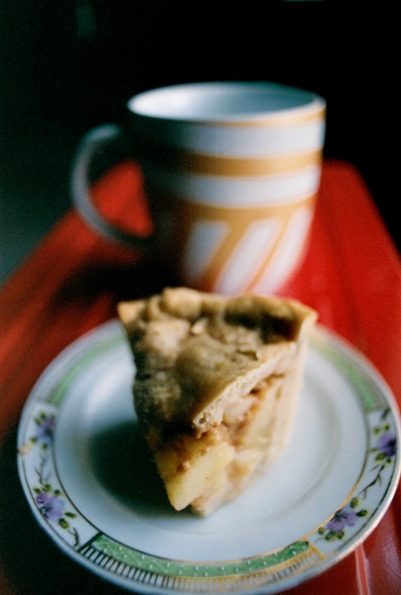 Testing the macro on this TINY slice of a vegan mini pear pie I’d made. If you can fill the frame this much with a 24mm lens, you KNOW it truly focuses close up!
Testing the macro on this TINY slice of a vegan mini pear pie I’d made. If you can fill the frame this much with a 24mm lens, you KNOW it truly focuses close up!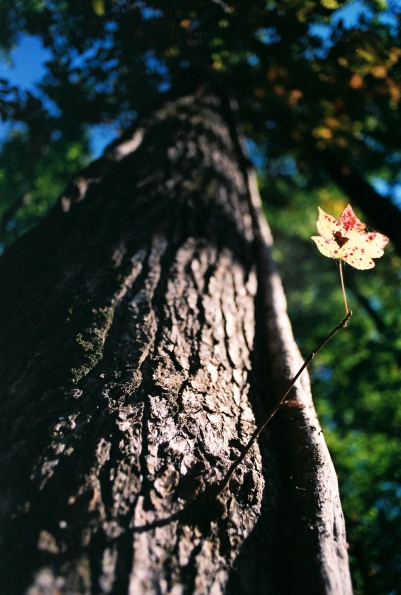 THIS! This right here. This shot made me say, “Yup. This lens is a keeper.”
THIS! This right here. This shot made me say, “Yup. This lens is a keeper.”
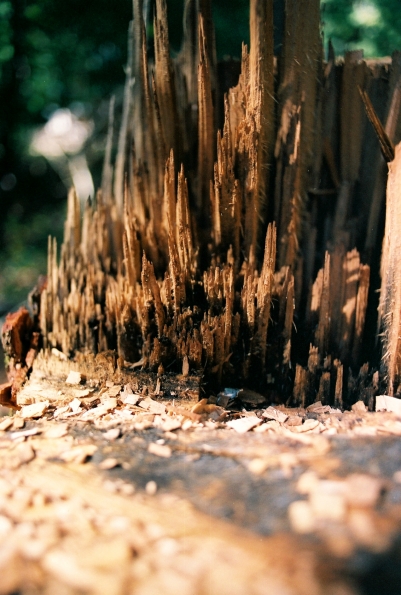
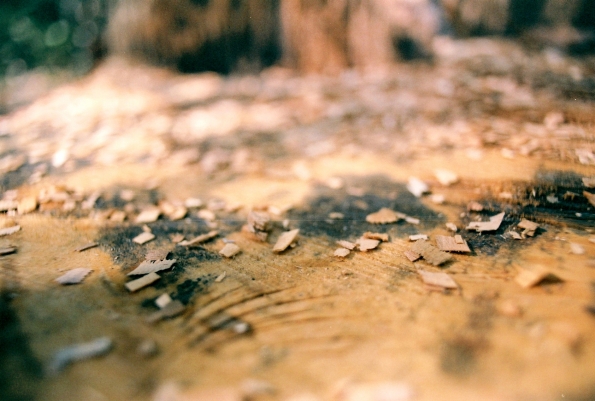
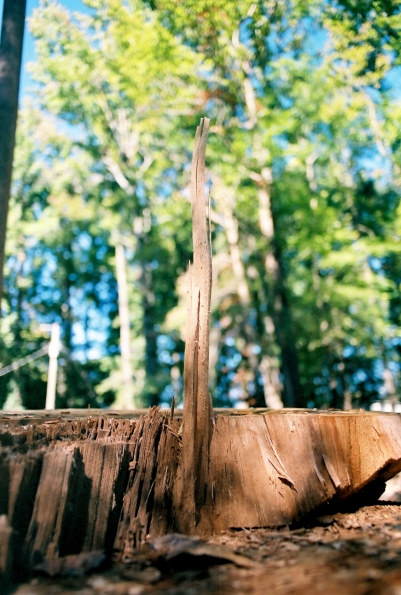
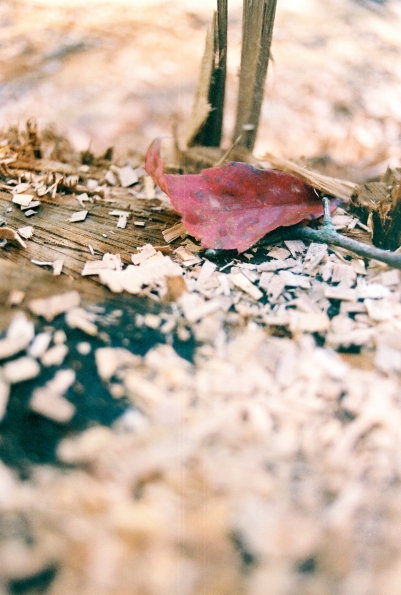
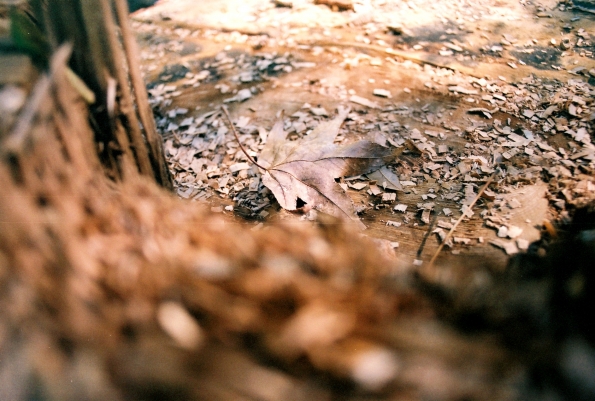
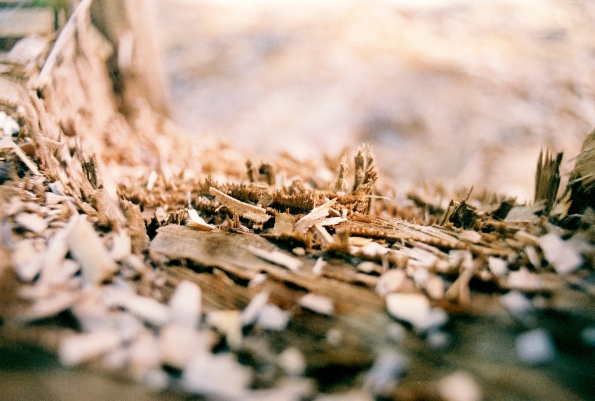
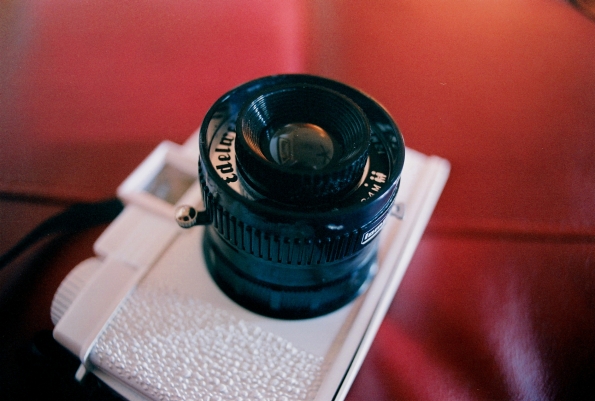 An impulse purchase the same week I got the Sigma Super Wide II
An impulse purchase the same week I got the Sigma Super Wide II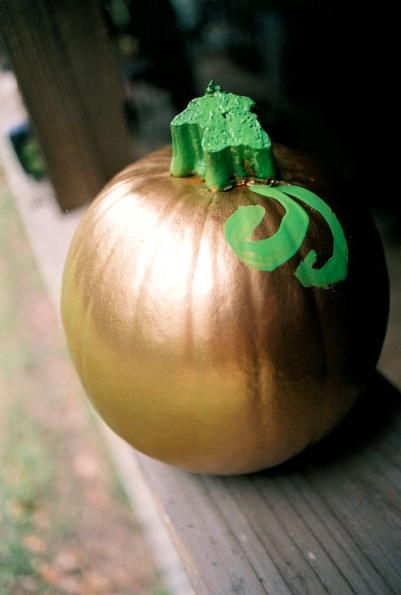
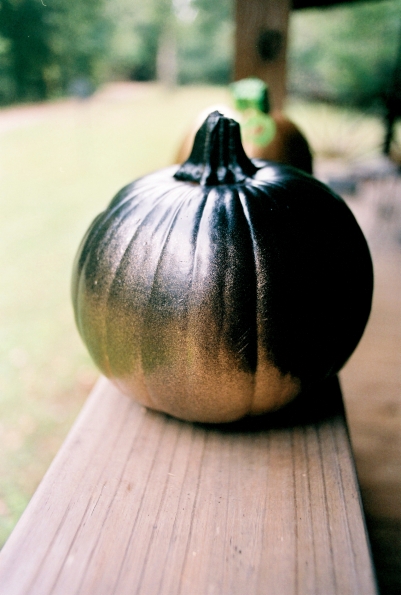 My sister’s black and gold “ombre” mini pumpkin
My sister’s black and gold “ombre” mini pumpkin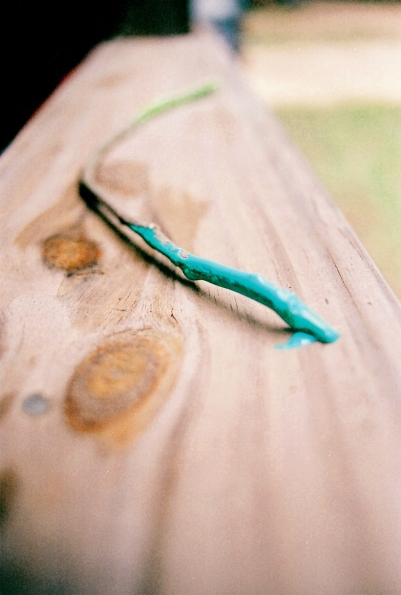


 Ezra and some stuffed animals. Love the fox one!
Ezra and some stuffed animals. Love the fox one! I actually cropped this one because I thought it was cuter this way 🙂
I actually cropped this one because I thought it was cuter this way 🙂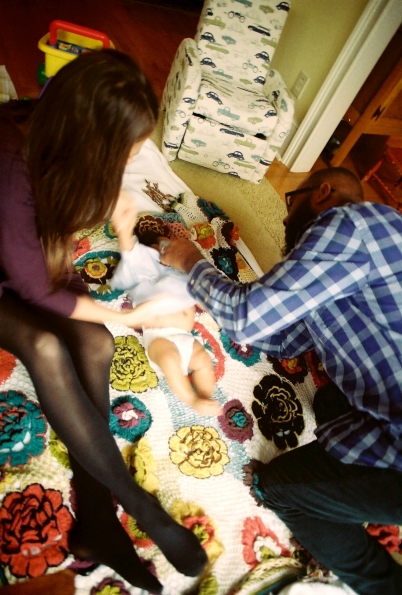
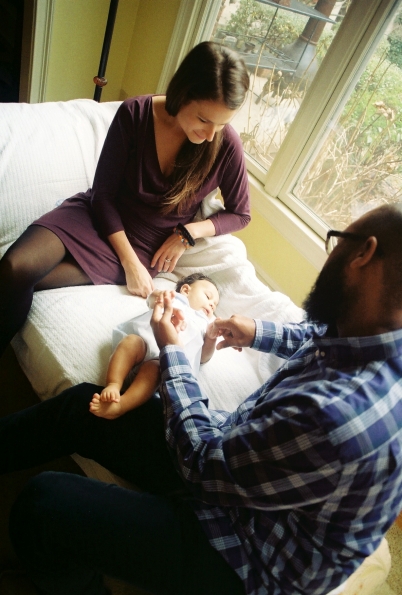
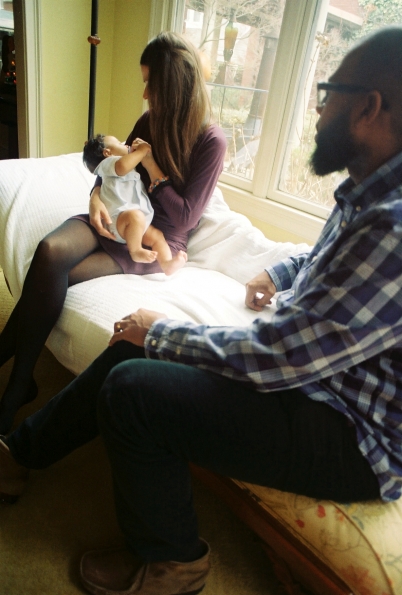
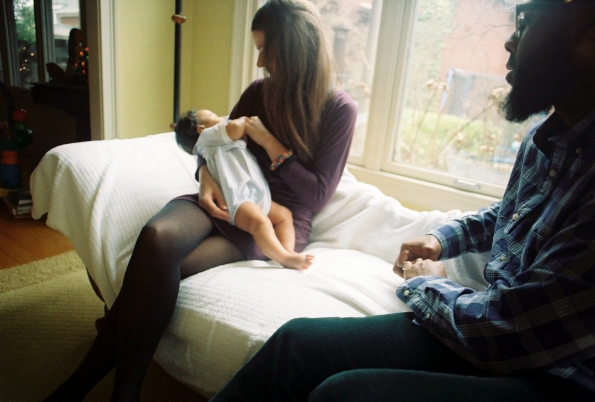

 (I know this one has motion blur, but I love it!)
(I know this one has motion blur, but I love it!)



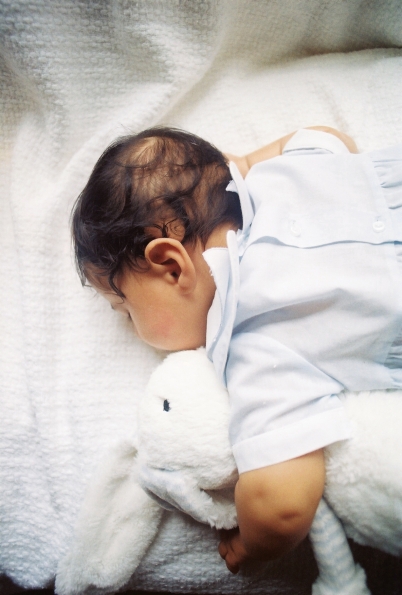
 Pretty cardinal ornament my mother had on her mantel at Christmas
Pretty cardinal ornament my mother had on her mantel at Christmas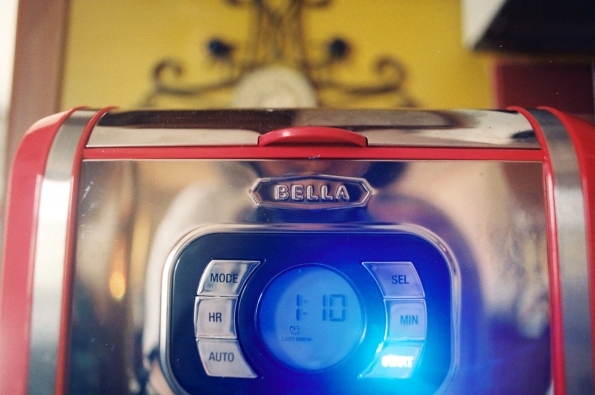 Shiny new coffee maker for Christmas!
Shiny new coffee maker for Christmas!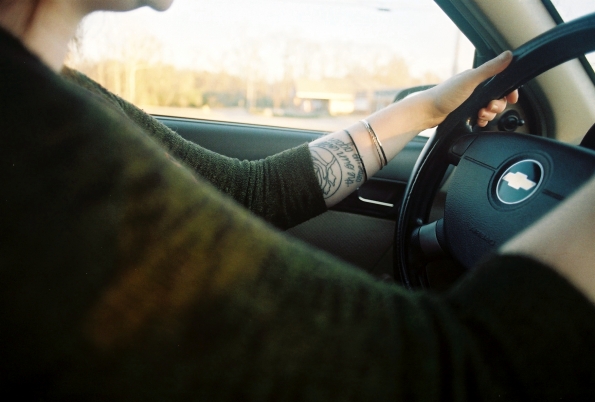 Riding to Pho Hoa Bihn with Mallory
Riding to Pho Hoa Bihn with Mallory Lovely, lovely tofu with pineapple at Pho Hoa Bihn
Lovely, lovely tofu with pineapple at Pho Hoa Bihn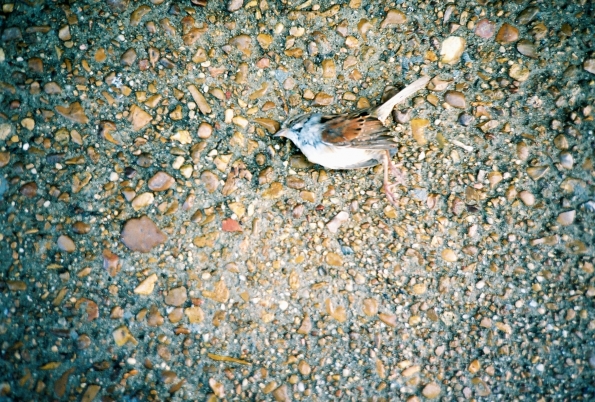


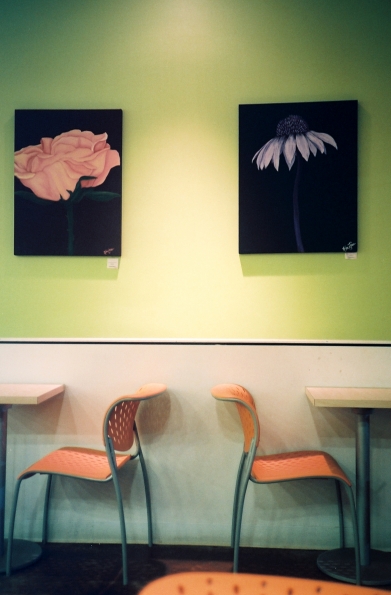

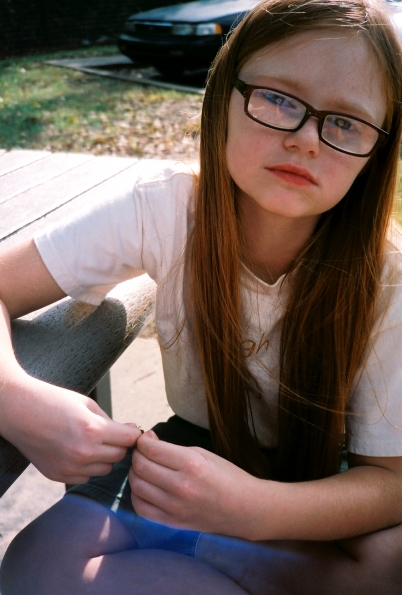
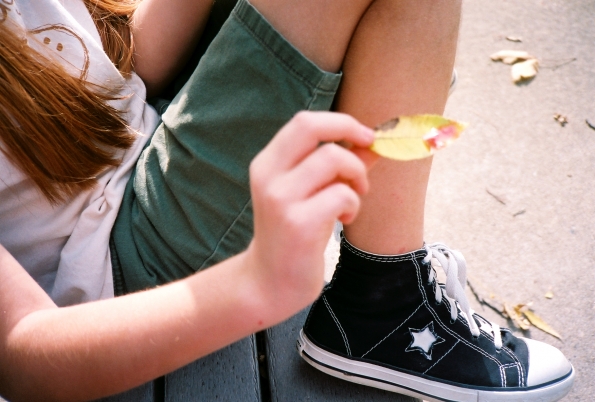
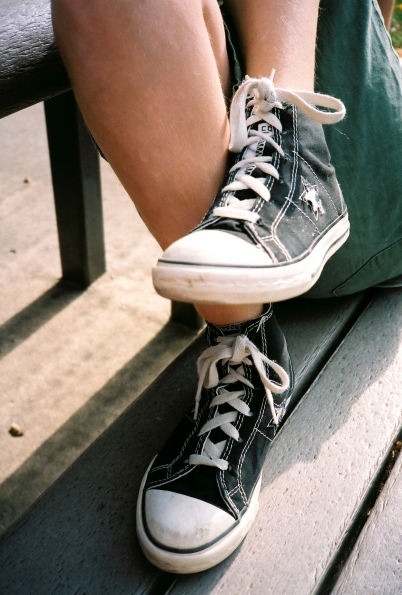
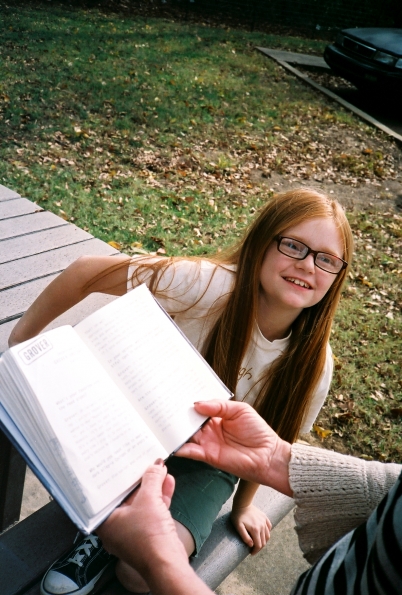




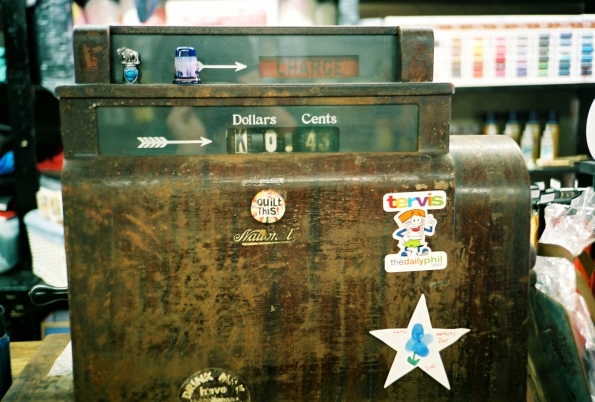
 It even works on snapshots of my niece with a chocolate bar!
It even works on snapshots of my niece with a chocolate bar!